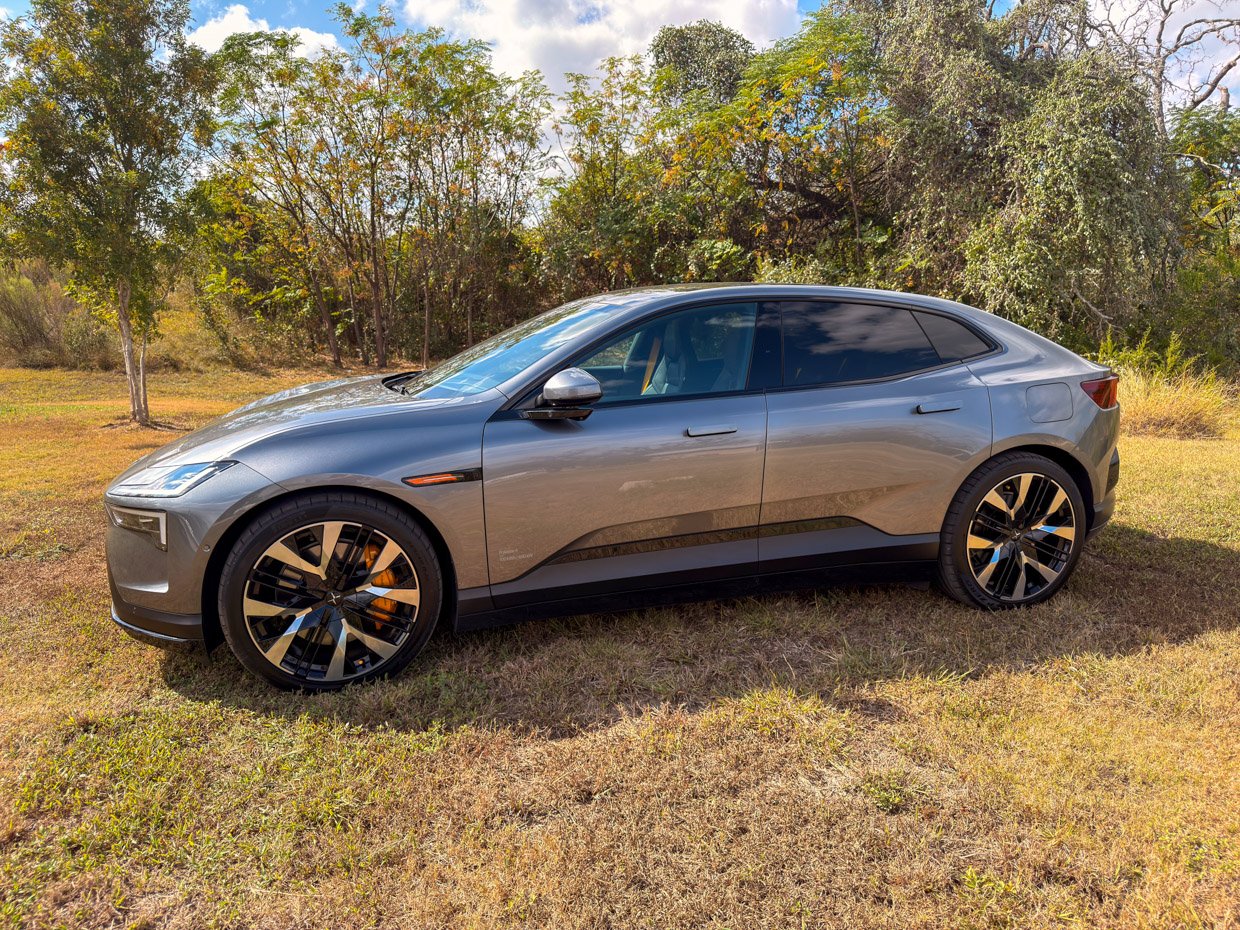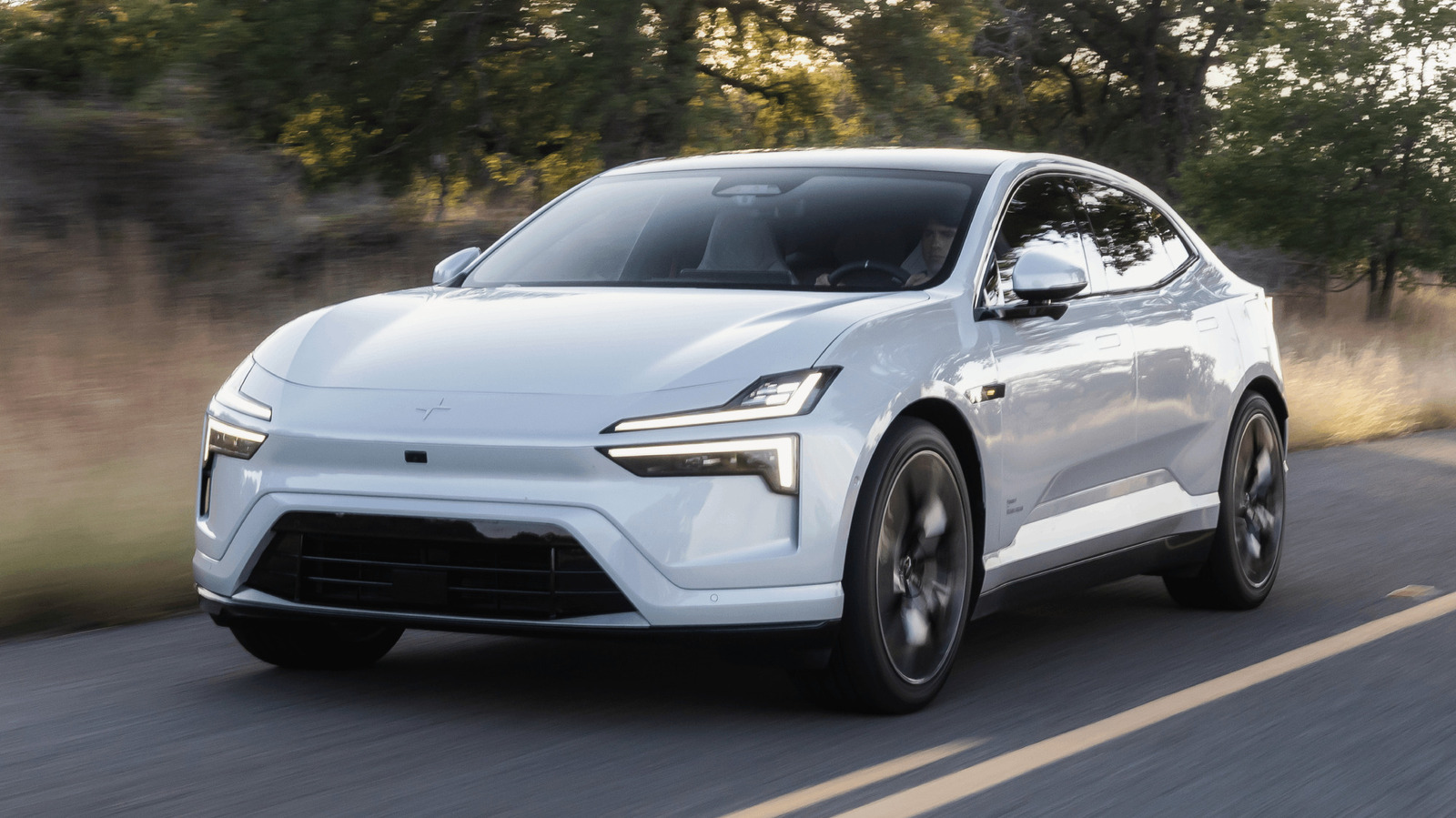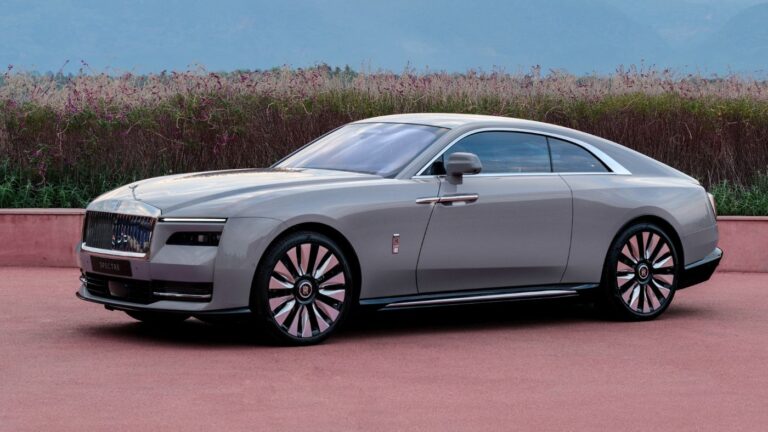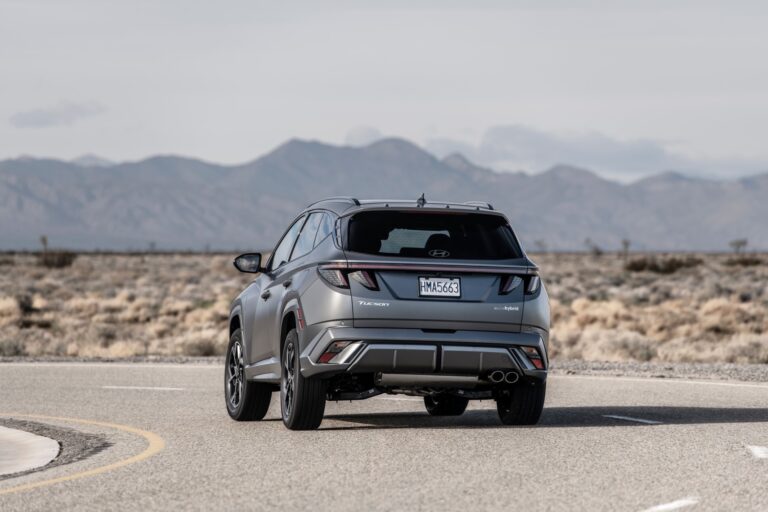
2026 Polestar 4
Since its initial launch of the Polestar 2 sedan back in 2021, the Swedish electric vehicle manufacturer Polestar has successfully launched two additional models to its growing lineup: the more spacious Polestar 3 compact crossover SUV, and now the newest member, the Polestar 4, which is a sportier and even more compact crossover SUV.
The fact that the Polestar 4 is slotting in between the Polestar 2 and the Polestar 3 in terms of its overall physical size may understandably confound some consumers trying to decipher the brand’s strategy, but one of its most radical features, or more accurately, the lack of one, may confound them even more profoundly. The vehicle has been designed without a traditional rear windshield.
Its core and most defining trait is its minimalistic and distinctly Swedish exterior design language. The Polestar 4’s muscular figure, unique headlight design, and interesting body lines all give it a solid and confident road presence.
But the real elephant in the room, without question, is the complete absence of any glass on the rear hatch, a design choice that no doubt makes it stick out prominently on any road.
The reasoning behind this bold decision, though, is fairly straightforward from an engineering perspective: company representatives stated that removing the rear glass was the only way that Polestar’s designers could give a compact crossover SUV such a sleek, coupe-like roofline without being forced to sacrifice critical rear-seat passenger headroom or legroom in the process.
Mission accomplished; during my test, my own lanky stature fit surprisingly well in the back seat, even with the seat positioned just slightly reclined for comfort.
This sparse layout may sound contradictory in an era of complex interiors, but its commitment to Swedish minimalism is truly on full blast and feels intentional.
Additionally, the quality of the materials used throughout the cabin is solid, featuring substantial-feeling hard surfaces, a negligible use of metal trim, and two distinct types of opulent, synthetic woven materials that comprise a large percentage of the interior’s surface area, giving it a modern, tech-forward feel.
Finally, the infotainment software itself was logically laid out and intuitively easy to get used to, and it even sports custom lighting themes that are based on different bodies in our solar system—a feature that might be a subtle but clever strategy for attracting and converting current Tesla Model Y owners.
The Polestar 4 is available to order in two primary drivetrain configurations: a single-motor rear-wheel drive version and a more powerful dual-motor all-wheel drive version (which requires customers to tack on an additional $6,500 for this premium setup).
The single-motor variant puts out a respectable 272 horsepower and 253 pound-feet of torque, whereas the dual-motor model produces a much more substantial 544 horsepower and 506 pound-feet of torque, respectively.

The resulting 0–60 mph acceleration times clock in at 6.9 seconds for the base model and a blistering 3.7 seconds for the performance-oriented all-wheel-drive version.
The sole battery pack available across the lineup is a 400-volt architecture lithium-ion pack with 100 kWh of usable capacity, which is capable of DC fast charging at speeds of up to 200 kW.
The estimated driving range reaches up to 310 miles for the more efficient single-motor model, whereas the more powerful dual-motor version tops out at a still-competitive 280 miles on a full charge.
In its standard dual-motor configuration, the Polestar 4’s ride quality was comfortable, and its steering was well-weighted, providing a pleasant daily driving experience. However, the chassis response felt a bit too sluggish and soft for a vehicle actively marketed as a performance-oriented crossover.
Still, it felt inherently odd and somewhat disconcerting to instinctively look over my right shoulder before initiating a lane change and, well, not see anything but the interior trim of the rear headliner.
And while Polestar personnel were particularly proud of the rear camera’s claimed low-light resolution and its overall performance in wet or wintry conditions, real-world consumers’ mileage and satisfaction may understandably vary significantly depending on how icy and snow-laden their local climates get during the winter months.
Overall, the 2026 Polestar 4 is a unique and compelling luxury electric compact crossover with enough fun-to-drive panache and character to potentially make a spirited driving enthusiast out of nearly anyone who gets behind the wheel.
He also pointed out that there are still very few purely EV-only car brands operating at scale today; in light of several other major automakers publicly backing off on their previously ambitious EV plans, he sees the current situation as a strategic opportunity for a focused brand like Polestar to really secure its long-term place in the market.
With the new Polestar 4 sporting a genuinely fun-to-drive personality, a heavy focus on sophisticated design, and intuitive features throughout the cabin, he may very well be on to something with that assessment. Even if there is decidedly no glass behind the rear seats.



